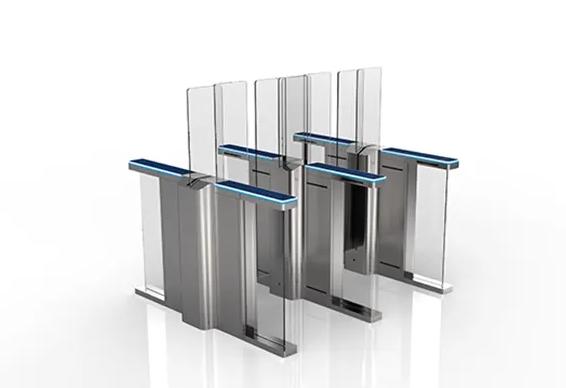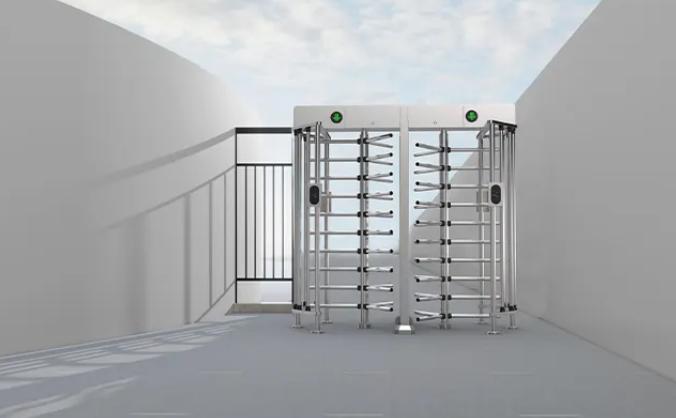Why Swing Gate RFID System Beats Manual Checking

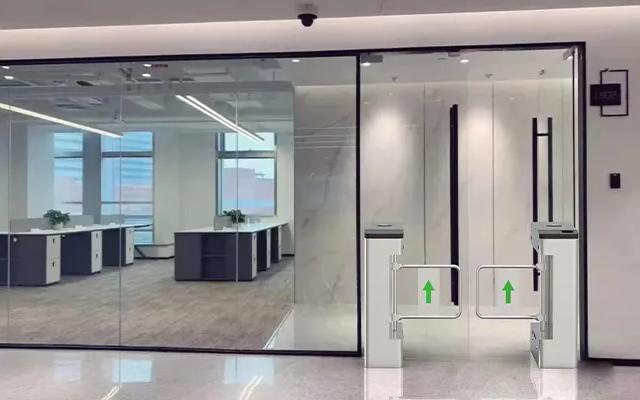
Swing Gate RFID System is reshaping how entrances work when speed and security have to coexist. At Turboo, we build these lanes, install them, and watch them run in real buildings every day. From our factory floor to your lobby, we see the same pattern: manual checks slow people down, invite errors, and leave gaps that smart automation can close. This article explains the real-world pain points, how our engineering addresses them, and why moving beyond clipboards and visual checks delivers a calmer, safer, faster entrance.

The Manual Friction You Feel but Rarely Measure
Manual screening breaks down when traffic spikes. A short queue becomes a long one as guards juggle eye checks, conversations, and policy nuances. People feel rushed, and the chance of a misread or a quick tailgate rises. If your building changes a rule – new shift times, new visitor policy, or temporary passes – everyone must be retrained, which takes time and still yields uneven results.
In peak periods, accuracy is hardest just when it matters most. Paper tickets fold, QR codes glare under bright lights, and badges hide behind phone cases. Each extra second is visible: a frown in the line, a missed elevator, an unhappy tenant. Re-checks also create friction. The person asked to try again may feel singled out, while those behind them assume the system is at fault. We hear this across sectors – corporate towers, campuses, gyms, venues – especially in contactless access control for office lobbies, where experience and throughput are core to brand perception.
The hidden costs add up. Staff pulled to manage lines cannot handle higher-value tasks. Disputes at the door drain energy and attention. When an incident occurs, recreating the sequence – who entered, in what direction, with which credential – becomes guesswork. Manual logs help, but they do not enforce rules in real time. That gap is exactly what a Swing Gate RFID System is designed to close.
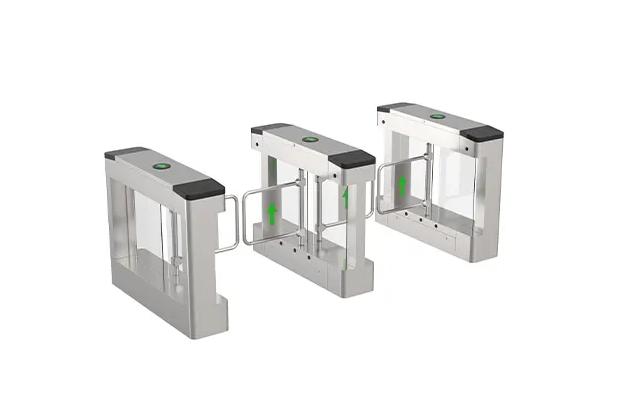
How Turboo‘s Engineering Closes the Gap
Turboo builds swing gates that merge credential intelligence with precise, quiet motion. Our BLDC drive keeps movement stable and whisper-low, so the lane feels premium without calling attention to itself. The difference shows up in day-to-day operations: consistent rule enforcement, smoother flow, and fewer edge cases reaching your security desk.
❓ What does that look like at the gate?
- Anti-tailgating & anti-reverse logic: The lane recognizes piggybacking attempts and blocks reverse moves that often slip past manual checks.
- Infrared anti-clip protection: Safety sensors guard users when the wings open or move, reducing injury risk and liability exposure.
- Automatic reset: If a badge or code is validated but no one enters within the set time, the lane re-locks – no “always-open” drift on busy days.
- Credential memory flexibility: Choose “with memory” or “without memory” to fit real patterns – group entries after a briefing vs. strict one-by-one control.
- Broad compatibility: IC/ID cards, QR scanning, and face recognition devices work within a single ecosystem, protecting your long-term flexibility.
- Selectable modes: Set the lane’s default to open or closed based on risk level and hours; use two-way or one-way card reading to mirror actual flows.
- Quiet, durable motion: Smooth starts and stops reduce wear and create a more welcoming first impression.
Because rules are enforced by the lane, not a person under pressure, outcomes become consistent. The system does not tire, get distracted, or reinterpret policy mid-shift. You gain predictable throughput and a reliable audit trail, while human staff focus on exceptions and service rather than routine screening.
✅ Built for Busy Lobbies and High-Traffic Venues
If your site sees morning and evening surges, special events, or frequent visitors, a Swing Gate RFID System creates a stable rhythm. It reduces dwell time, tightens compliance, and applies the same standard to every entrant. That is why we recommend it for RFID swing gate for high-traffic venues as well as mid-size offices where queue perception affects tenant satisfaction. The combination of quiet motion, accurate detection, and policy-aware logic keeps people moving – and keeps risk predictable.
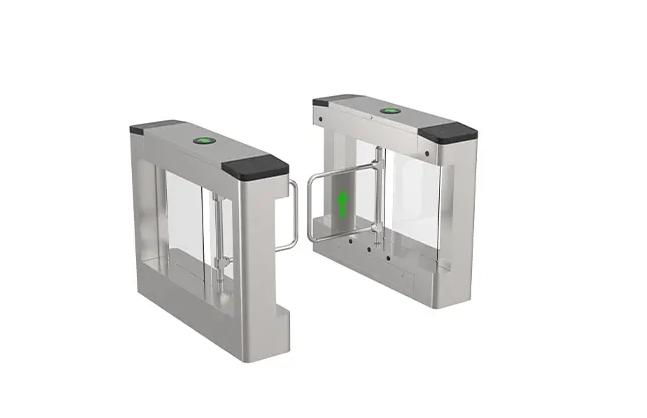
Plan the Rollout – and See Measurable Gains
As a manufacturer, Turboo oversees design, assembly, and quality control. That end-to-end ownership translates into predictable performance and simpler upkeep. Still, great hardware only shines when the deployment plan fits your building. We suggest a short, practical process:
Map real flows. Observe peaks, direction changes, and choke points. If tailgating clusters at a specific turnstile, place a lane with stricter anti-reverse logic there and configure the default state accordingly.
Align modes with risk. Low-risk hours may allow an open default to increase perceived speed; high-risk windows should use a closed default with one-by-one validation.
Tune memory settings. Enable “with memory” for guided groups or briefings where people present credentials in sequence; disable it for strict single-file control.
Keep the operator‘s job simple. Design the console so guards handle exceptions fast – temporary access, guest passes, disabled users – without overriding the core rules that keep your lane consistent.
In the first weeks, most sites report fewer disputes at the gate and a calmer lobby atmosphere. That is the compounding benefit of machine-applied rules: less negotiation, fewer re-scans, and clearer expectations for everyone. Over months, you will likely notice lower maintenance interruptions as well. The BLDC drive’s smooth operation reduces mechanical stress, while the automatic reset prevents long periods of unlocked state that invite misuse.
Your investment also stays future-ready. If your credential policy evolves, you are not locked into one medium. Cards, QR codes, or a face reader can all integrate into the same lane logic. Adjusting between one-way and two-way card reading lets you respond to seasonal peaks or special events without adding hardware. Because motion is quiet and controlled, the system fits premium interiors – from marble lobbies to glass atriums – without becoming visual noise.
✅ Practical Tips from Turboo
- Define defaults by hour and risk. Use schedules so the lane state matches traffic and policy without manual toggling.
- Log exceptions, not routine. Let the lane handle standard passes; your staff should focus on unusual cases.
- Communicate the rules. Clear signage about one-by-one entry and passback prevention reduces pushback during the transition.
At Turboo, our goal is straightforward: make every pass faster, safer, and more certain than a manual check – without forcing anyone to think about the gate. The Swing Gate RFID System delivers that outcome by combining quiet mechanics with rule-aware intelligence. It narrows the gap between policy and practice, so your entrance finally behaves like the rest of your building systems: predictable, auditable, and easy to live with.
Final Words
If you are ready to move past manual checking, talk to Turboo about configuring a Swing Gate RFID System for your site. We will help you select working modes, tune safety and memory settings, and match lane count to real traffic – so your entrance moves as quickly as your business.










